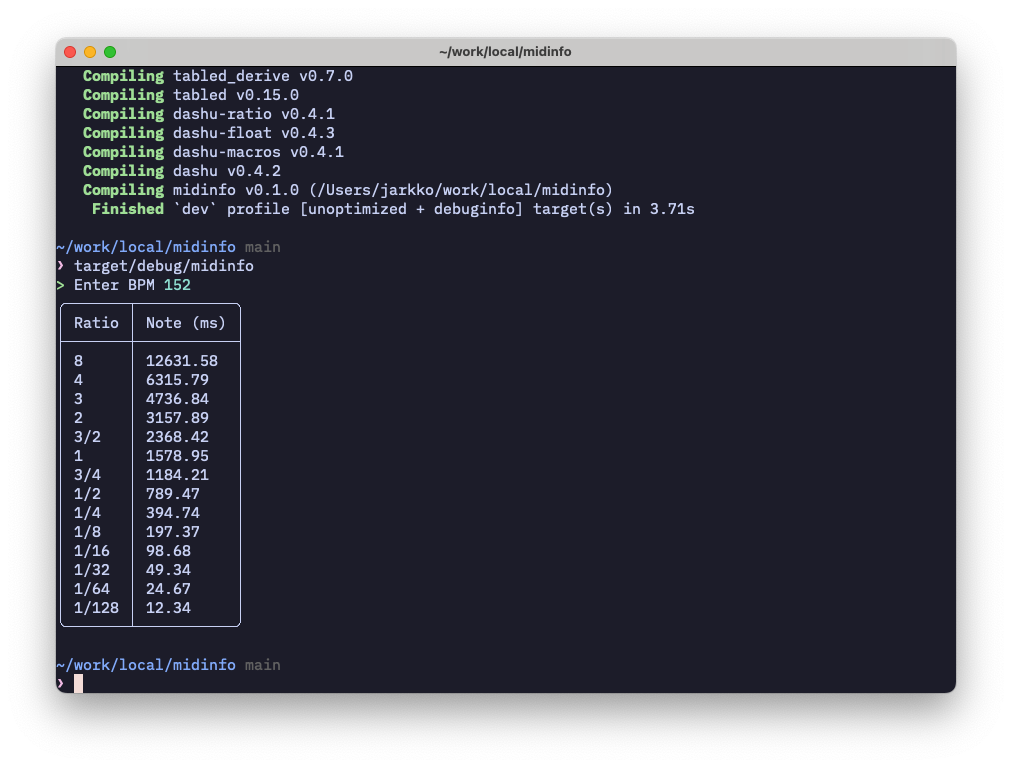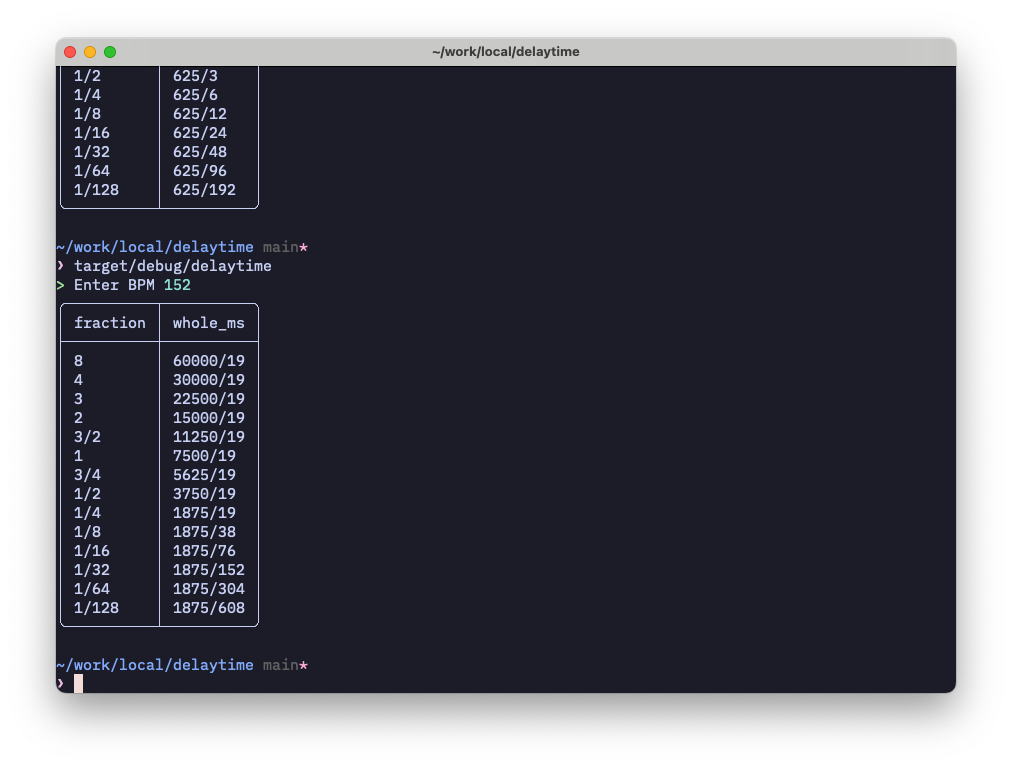Posts
4637Following
317Followers
482OpenPGP: 3AB05486C7752FE1
Jarkko Sakkinen
jarkkoImproved my #email workflow a bit with #isync.
So the basic config in ~/.mbsyncrc is:
IMAPAccount kapsi
Host mail.kapsi.fi
User jjs
PassCmd "pass show imap/mail.kapsi.fi"
SSLType IMAPS
IMAPStore kapsi-remote
Account kapsi
MaildirStore kapsi-local
SubFolders Verbatim
Path ~/.mail/kapsi/
Inbox ~/.mail/kapsi/INBOX
Channel kapsi
Far :kapsi-remote:
Near :kapsi-local:
Patterns *
Create Both
Expunge Both
SyncState *
Essentially only other change I had to do was repeal and replace sources in ~/.config/aerc/accounts.conf (I was already using msmtp since many many years ago):
[personal]
source = maildir://~/.mail/kapsi
outgoing = msmtp -a iki.fi
default = INBOX
from = Jarkko Sakkinen <jarkko.sakkinen@iki.fi>
copy-to = Sent
[kernel]
source = maildir://~/.mail/kapsi
outgoing = msmtp -a iki.fi
default = INBOX
from = Jarkko Sakkinen <jarkko@kernel.org>
copy-to = Sent
folder-map = ~/.config/aerc/folder-maps/kernel.map
For the record kernel.map (also existed previously unrelated to this change) is just:
personal = INBOX
INBOX = kernel
I use this magic given that @kernel.org routes to a sub-address of the same account.
Have been planning to level up here for a long while so thought now is the time given tomorrow is first workday after holidays.
Jarkko Sakkinen
jarkkoBest alternative I know for this would be this ugly Win32 vomit:
Jarkko Sakkinen
jarkkoi think i also add note frequency chart type of thing to it but that is less crucial. Does all calculations with rational numbers instead of floating point numbers as there are no imaginary numbers in this context.
#audio #midi #delay #MusicProduction
Jarkko Sakkinen
jarkkoSo going forward with that.
Jarkko Sakkinen
jarkkoJarkko Sakkinen
jarkko#Bitwig 5.2 is best update since I started because it replaces so many external plugins with stock options:
- A dedicated clipper called Over (substitutes StandardClip).
- A glue compressor Compressor+ (substitutes The Glue).
- A a tilt EQ (substitutes Things Flip EQ).
It is the first version at least where I’m actually able to draft a track without VSTs. Especially lack of proper bus compressors has been an itch when migrating from #Ableton Live.
Jarkko Sakkinen
jarkkoCool got some response from rust-vmm/vm-memory people, asking to give more details, which I will provide next week.
#Enarx is a kind of hybrid #VMM, and I think this is exactly where I think the overall rust-vmm umbrella has the best opportunities. I.e. instead of just hosting guests with QEMU you might want to do a tailored VMM below to get the optimal characteristics in performance, security and whatnot for your use case.
Enarx hosts #WebAssembly payloads in confidential computing environment. To realize those it:
- Uses #KVM API to bootstrap wasm run-time inside a #AMD SEV-SNP VM.
- Uses
/dev/sgxto partition address space for boostrapping a wasm run-time inside an #Intel SGX enclave.
The first one is very surgically constructed VM with all access outside it disable, and the second is not actually VM at all.
My take is here that any commercially viable memory API should first of all scale to all possible types on VM’s, and also address stuff “on the edges of universum”, e.g. SGX enclaves, which in many ways resemble VM’s (at least to some level).




